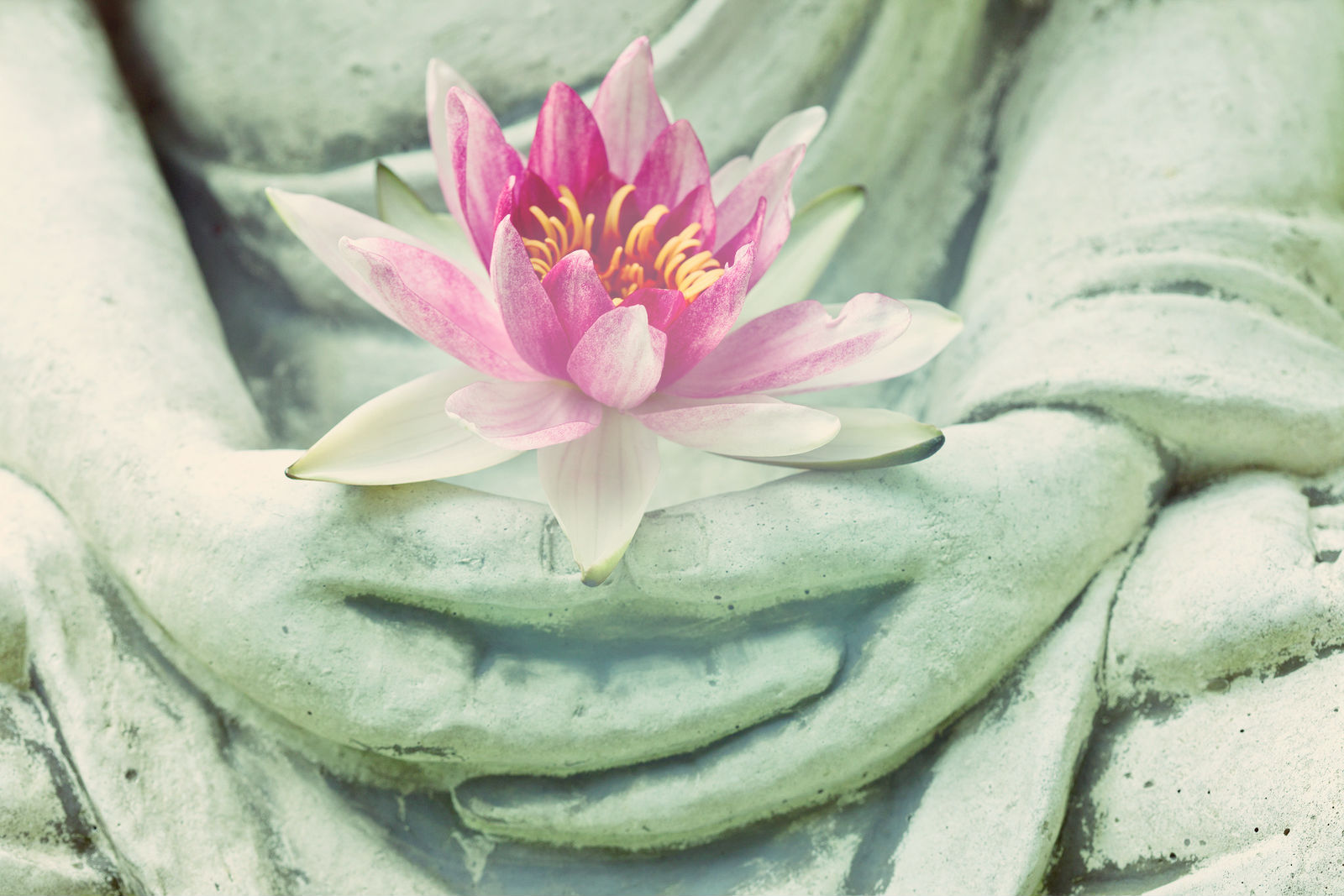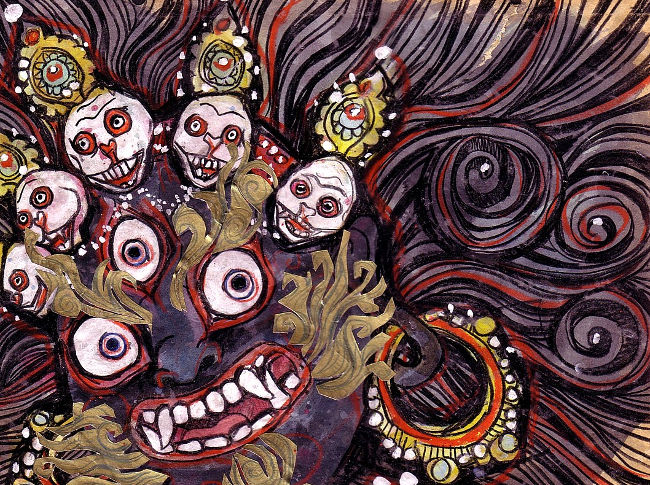In facing suffering, if we have the right view and understanding, suffering may not be harmful; otherwise, suffering will cause anxiety, mental disturbance, even self-destruction.
In Mipham Rinpoche’s How to Use Sickness as the Path, there is a practice which I spoke about at one time (refer to Wisdom Light Series). However, what we are facing is not just sickness, but all kinds of suffering in everyday life. How should we confront suffering?
The guidelines that follow are based not on my own experience, but on the teachings and realization of highly accomplished masters.
The practice of facing suffering can be divided into four stages: understand what suffering is, know the origin of suffering, defeat suffering, and methods for overcoming suffering.
~Depicted from ARE YOU READY FOR HAPPINESS - How to Face Suffering and Happiness-How to Face Suffering











